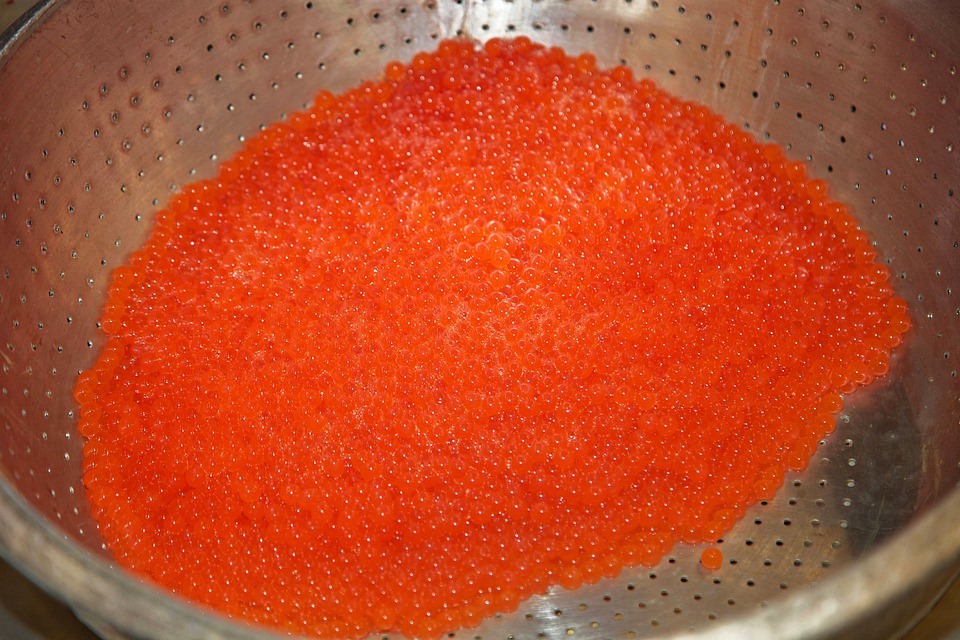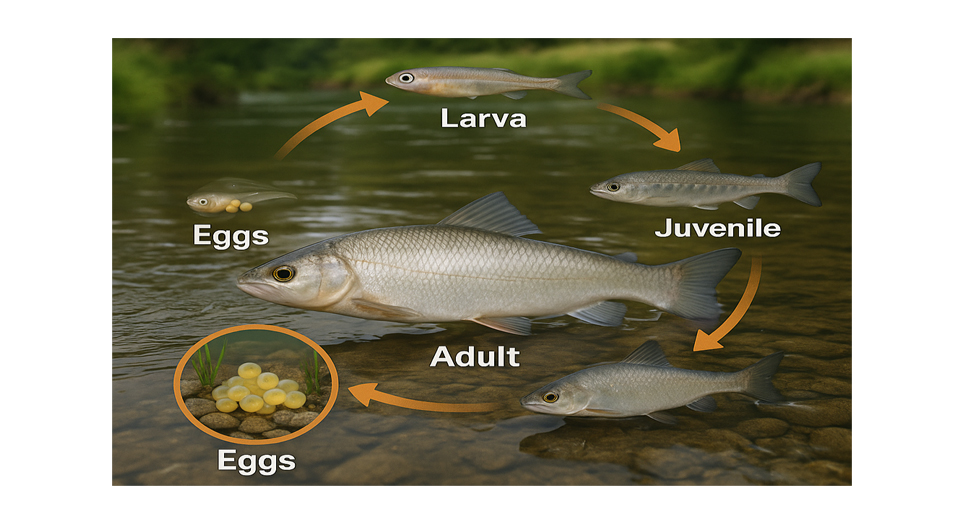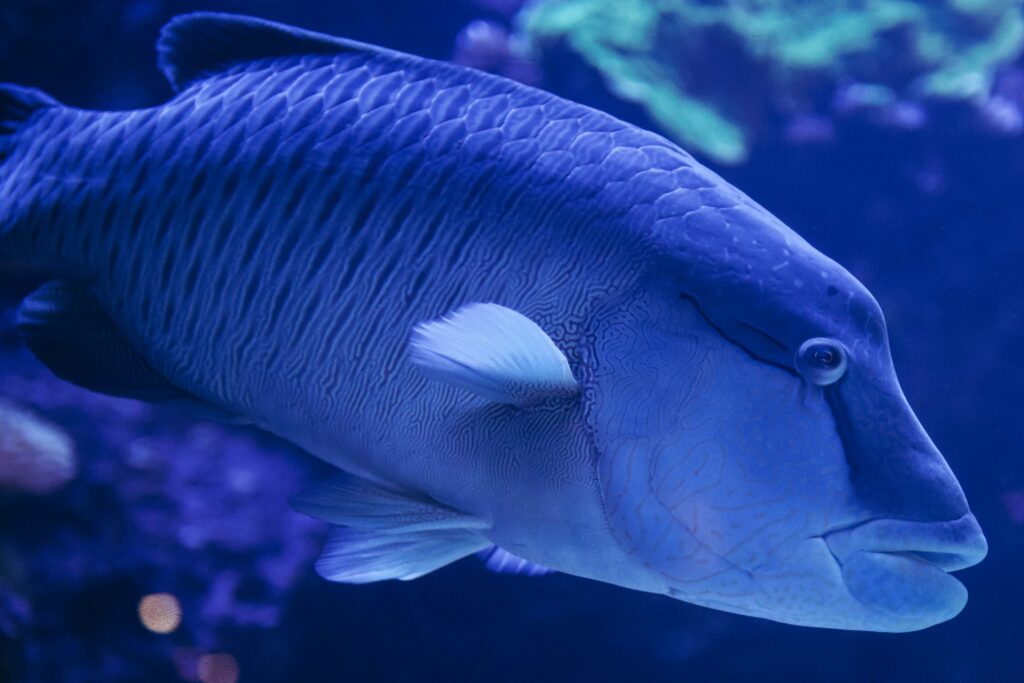River and freshwater fish are not only an essential food source or recreational catch for humans but also a vital part of biodiversity and ecosystems. Scientifically, the role of these fish in the environment, their reproductive processes, their food chain position, and their adaptations to natural surroundings are all key aspects of study. River and freshwater fish offer numerous scientific insights, including their habitats, food chains, reproduction cycles, and life stages.
1. Habitat and Environmental Impact:
Freshwater fish primarily inhabit rivers, lakes, ponds, and wetlands. Their life cycles are closely tied to the quality of water, flow rates, temperature, and oxygen levels in these habitats. The current and composition of river water directly influence fish species and their survival strategies. Scientific studies show that environmental changes such as climate change, water pollution, or alterations in water flow significantly impact fish life cycles and reproductive abilities.
2. Reproductive Processes and Spawning:
The reproductive processes of freshwater fish are crucial from a scientific perspective. Many species return to specific rivers or lakes to spawn, while others reproduce in open water. The breeding behavior of freshwater fish is greatly influenced by the environment. For instance, some species breed during the winter, requiring cold waters, while others prefer warmer waters during the monsoon season. These processes are scientifically analyzed to understand the metabolic and environmental conditions that support their reproduction.
3. Food Chain and Ecological Role:
Freshwater fish play an integral role in the food chain. Species like carp, trout, and tilapia primarily feed on aquatic plants, snails, and small invertebrates, while larger fish such as pike and catfish prey on smaller fish. These interactions help maintain the balance of the ecosystem. Scientific research on food chains within freshwater habitats helps understand how energy flows through the system, revealing the intricate interdependencies between different species.

4. Environmental Changes and Fish Adaptations:
As environmental conditions change, fish species must adapt to new challenges. Climate change, rising temperatures, and water pollution are significant factors impacting freshwater fish. Scientific studies are increasingly focused on understanding how these environmental stressors affect fish, particularly in terms of their survival and reproduction. For example, some species can thrive in warmer waters, while others may suffer from oxygen depletion. Research is being conducted on how to help these fish adapt to rapidly changing conditions.
5. Fish Migration and Spawning Site Return:
Fish migration is a critical aspect of freshwater fish life cycles. Species like salmon, sturgeon, and tigerfish migrate to freshwater rivers or lakes for breeding after spending time in the ocean. This process, known as migration, is vital for their reproduction. Scientific studies of migration help us understand the physical and behavioral adaptations that allow these fish to complete their life cycles and return to their spawning grounds.
6. Environmental Stress and Species Evolution:
Environmental stresses such as climate change, habitat destruction, river damming, and soil erosion can lead to changes in fish populations. Scientists are closely monitoring these changes to understand how they affect freshwater fish species and what measures can be taken to protect them. Research is being done to explore how certain species are evolving to adapt to these pressures, highlighting the importance of conservation efforts.
Conclusion:
From a scientific perspective, river and freshwater fish are crucial to maintaining biodiversity and ecological balance. The environment’s impact on their life cycles, reproduction, food chains, and adaptation strategies is key to understanding how we can protect these species. Scientific research on freshwater fish continues to shed light on the importance of preserving natural habitats and ecosystems, ensuring the survival and thriving of these species in the face of environmental challenges.


